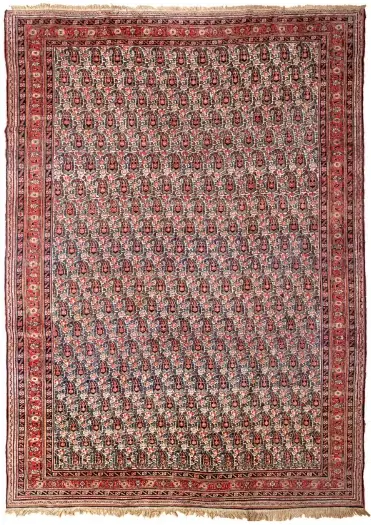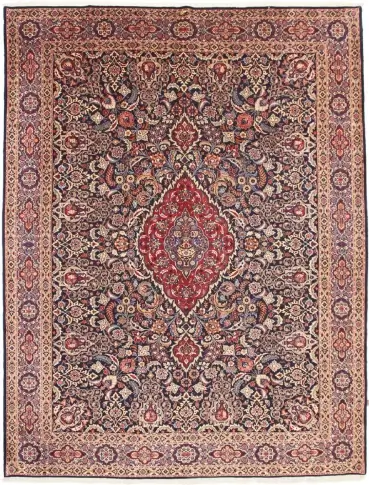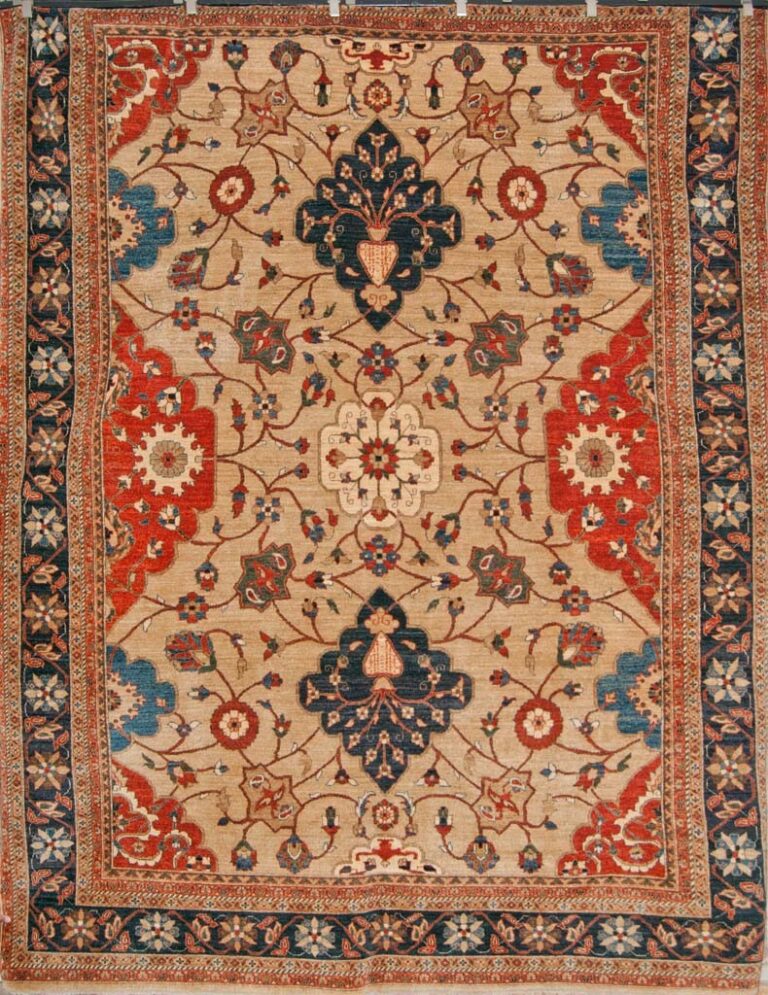Dorokhsh Rugs

Dorokhsh (Doruksh) is a town in Southern
Khorasan, Iran. Southern Khorasan province
was known historically as Qohestan or
Kuhestan which namely means Mountainous
Land. There located several villages between
the hills and down the valleys with unique
cultural aspects.
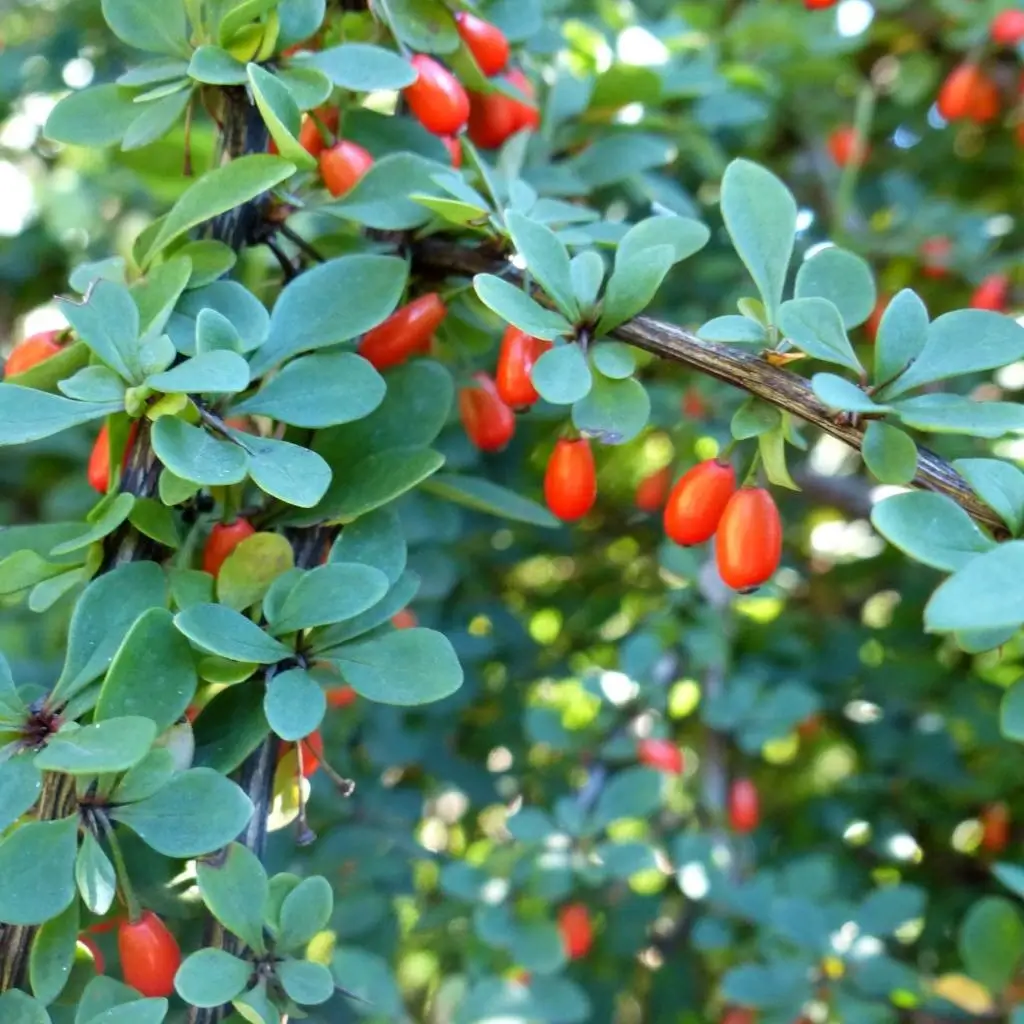
Meaning “luster” in Persian, Dorokhsh is
renowned for ruins of a Zoroastrian fire temple and for its barberry shrubs. Villages
on the hills are benefited by the cool wind and
more rainfall, making them proper place to
cultivate barberry.
The country in which barberries are used the
most is Iran. They are not only beloved in
Persian Cuisine, but also in dyeing.
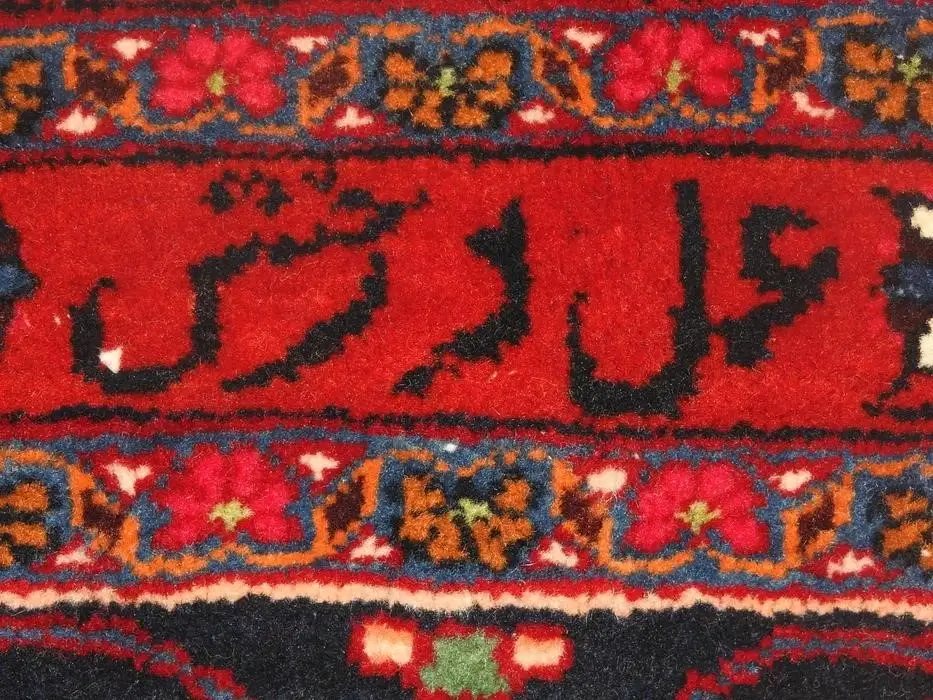
During the 20th century the area gained a
reputation for high-quality carpets. Dorokhsh
designs has a major role in this inspiring other
towns and villages around including Birjand
the capital of the province.
Technical aspects and the structure of Dorokhsh Rugs
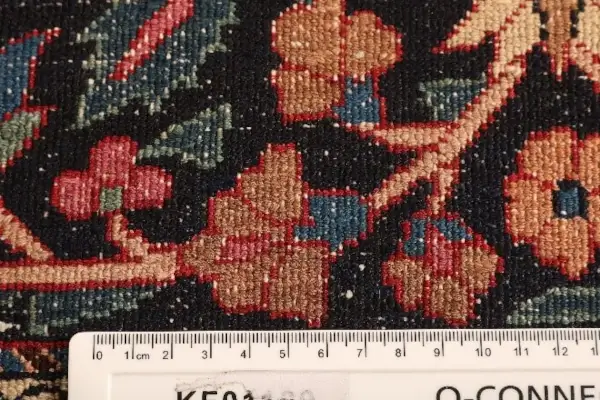
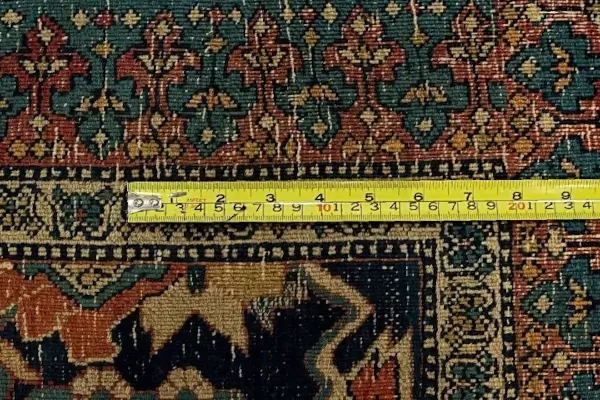
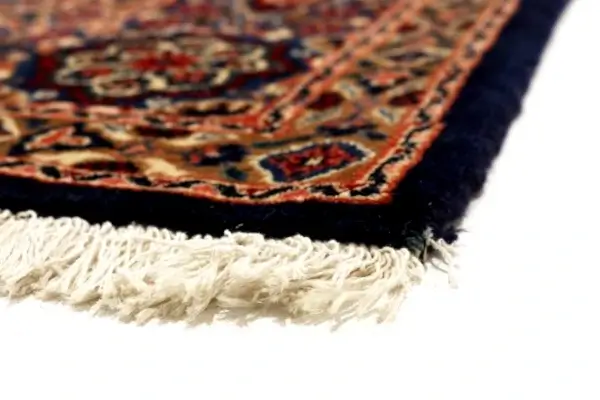
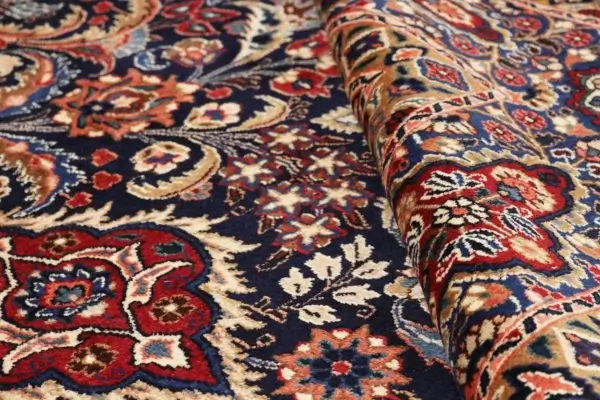
Dorokhshs are double-wefted and Knots are asymmetrical (Persian).
Older rugs have wool foundations while newer rugs have cotton foundations. Wool used in Dorokhsh has a silky touch.
Knot densities are between 130 and 260 knots
per square inch.
Dyeing and painting of Dorokhsh rugs
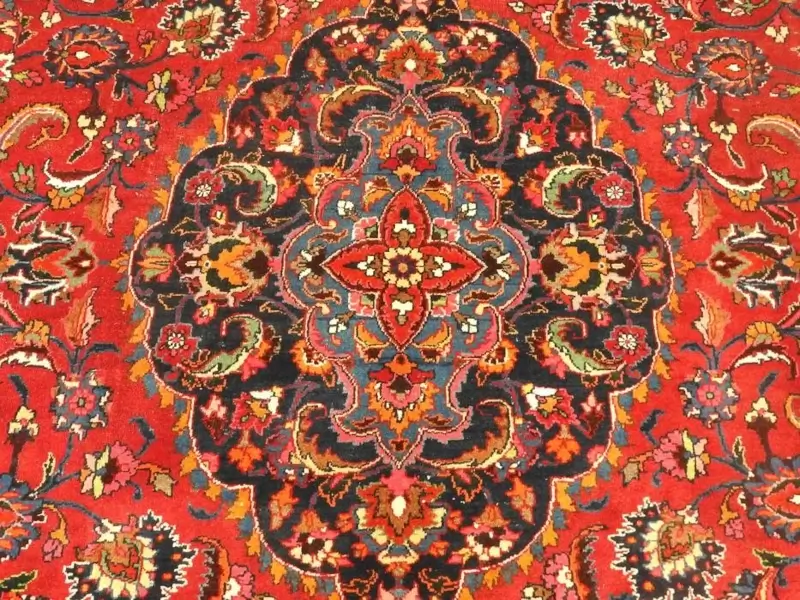
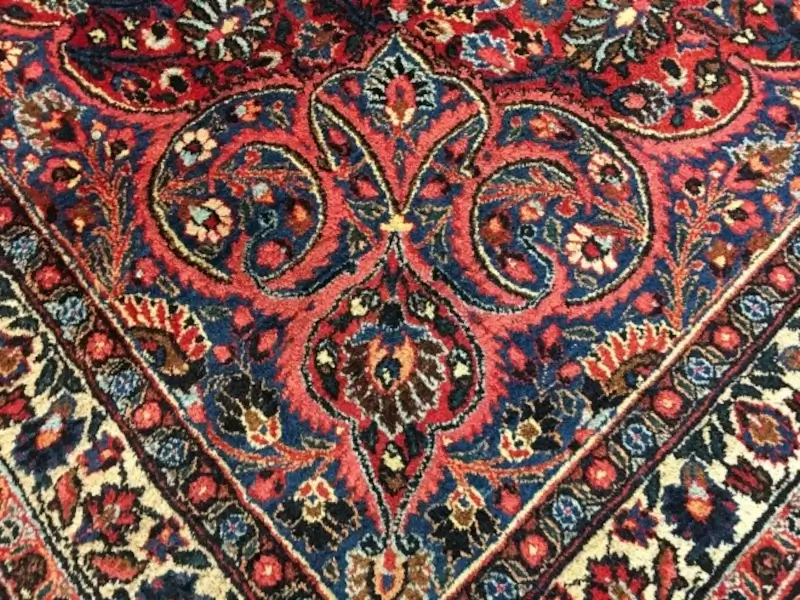
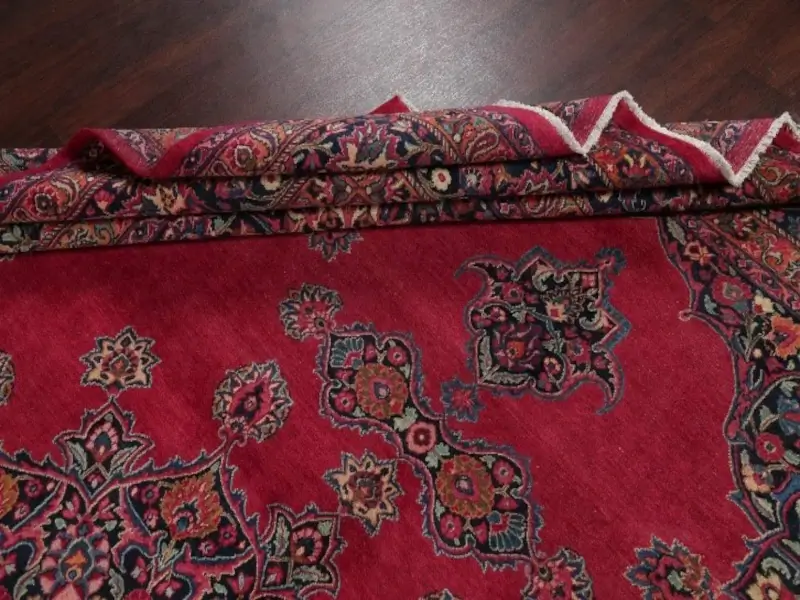
Rich soil of the region bring good natural
dyestuffs on Dorokhsh palettes.
Crimson, beige and dark blue are dominant
colors in Dorokhshs.
Secondary colors include Pistachio, dark
green, olive, ivory, cream, camel and
yellows.
Pinks and purplish reds are also used
frequently in the area.
Designs and patterns of the Dorokhsh rugs
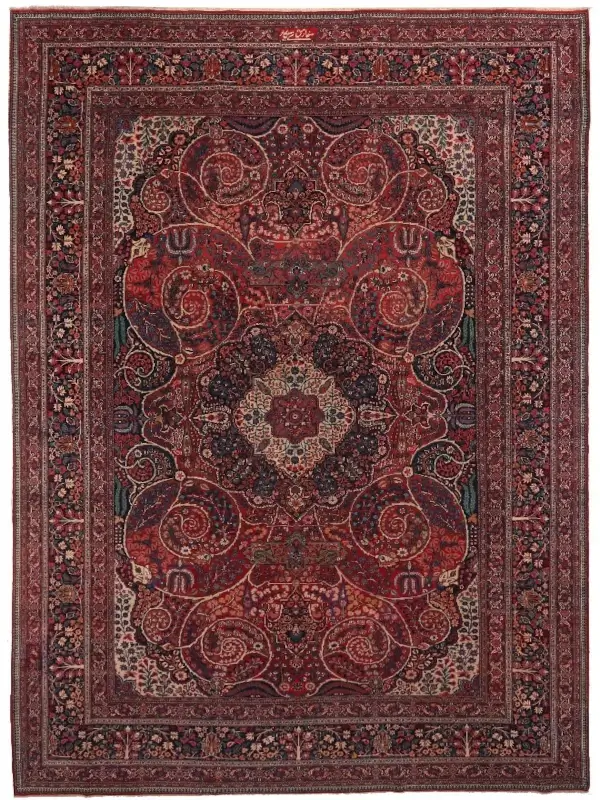
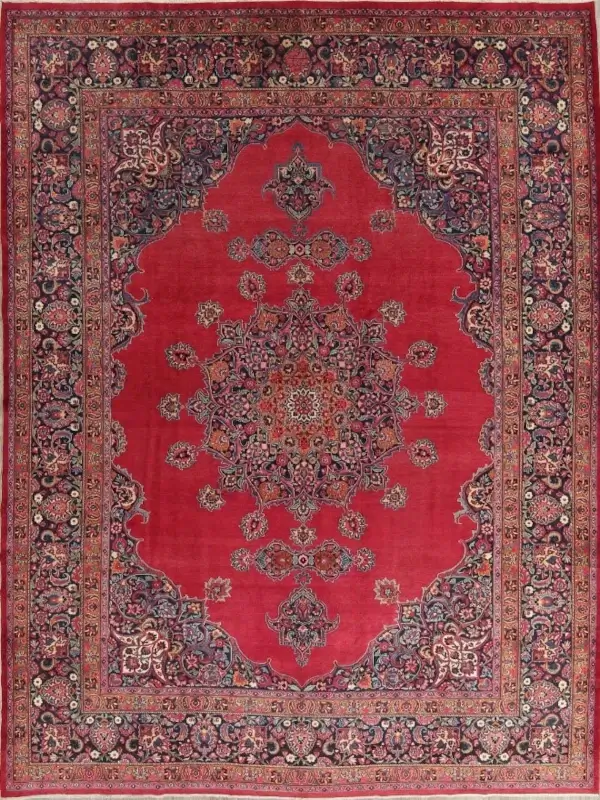
Antique Persian Dorokhsh
One-of-A-Kind Dorokhsh Medallion Rug
Both all-over and central medallioned types
of design are common in Dorokhsh. The area
is considered the origin of one of the most
popular Persian design named Herati, Mahi,
Fish or Twisted Fish.
Although the basics of Herati patterns belong
to all-over types, Dorokhsh designers use this
repetitive patterns also in some of their
medallioned designs to fill the field.
Repeats of boteh make another all-over
design Dorokhsh is famous for. Some antique
Dorokhshs with such design have been
woven for the Persian Court of Tehran, now
are kept in Niavaran Palace Museum.


